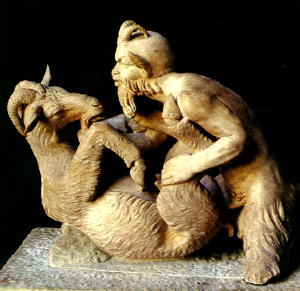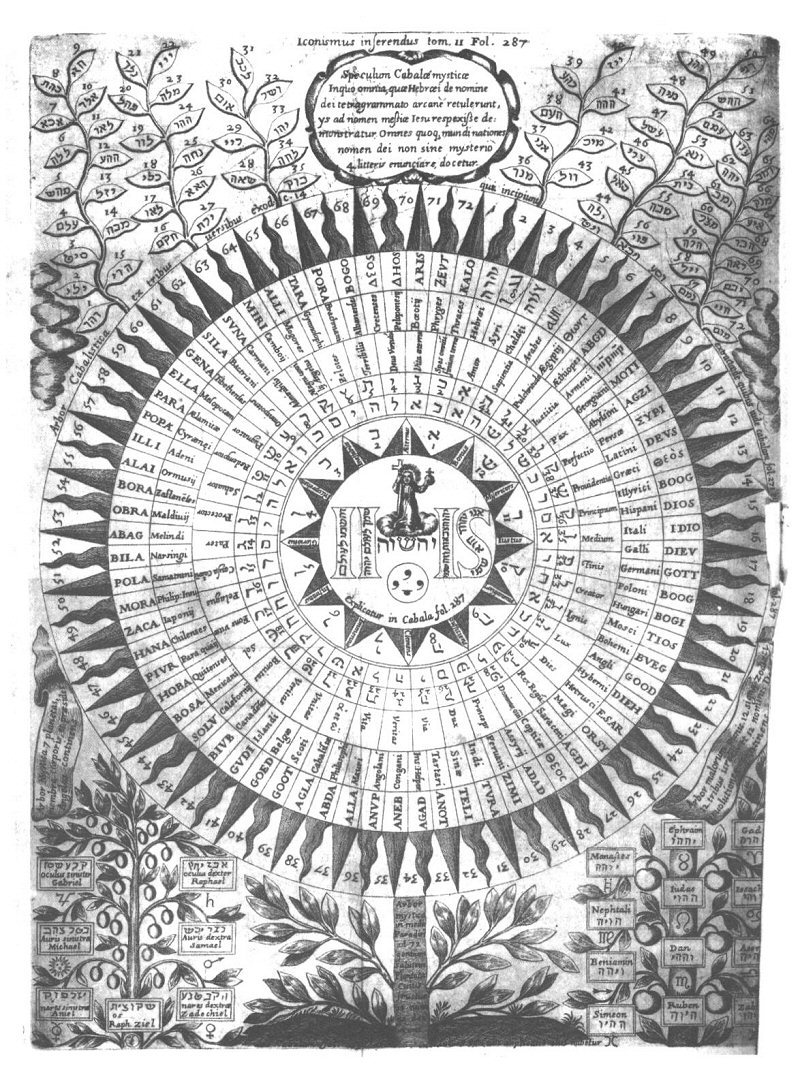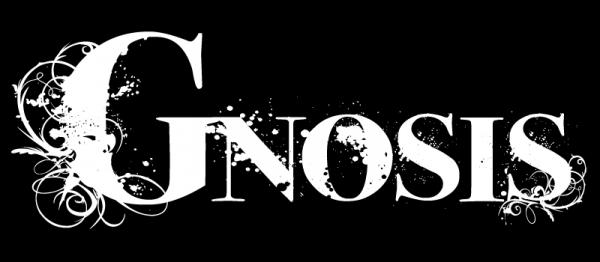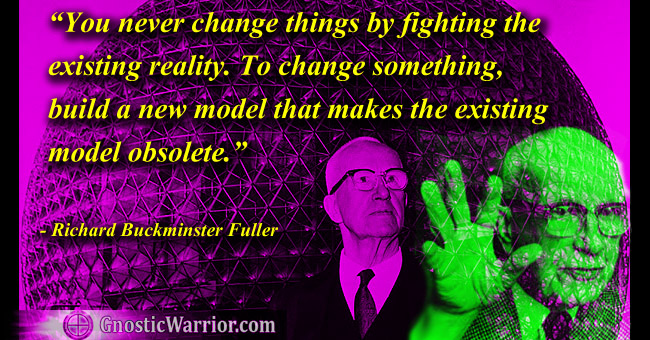Page 1
THE VEIL OF ISIS
PART ONE. – SCIENCE
“Ego sum qui sum.” — An axiom of Hermetic Philosophy.
“We commenced research where modern conjecture closes its faithless wings. And with
us, those were the common elements of science which the sages of to-day disdain as
wild chimeras, or despair of as unfathomable mysteries.” — BULWER’S “ZANONI.” THERE exists somewhere in this wide world an old Book — so very old that our modern antiquarians might ponder over its pages an indefinite time, and still not quite agree as to the nature of the fabric upon which it is written. It is the only original copy now in existence. The most ancient Hebrew document on occult learning — the Siphra Dzeniouta — was compiled from it, and that at a time when the former was already considered in the light of a literary relic. One of its illustrations represents the Divine Essence emanating from ADAM like a luminous arc proceeding to form a circle; and then, having attained the highest point of its circumference, the ineffable Glory bends back again, and returns to earth, bringing a higher type of humanity in its vortex. As it approaches nearer and nearer to our planet, the Emanation becomes more and more shadowy, until upon touching the ground it is as black as night.
A conviction, founded upon seventy thousand years of experience, as they allege, has been entertained by hermetic philosophers of all periods that matter has in time become, through sin, more gross and dense than it was at man’s first formation; that, at the beginning, the
Page 2
human body was of a half-ethereal nature; and that, before the fall, mankind communed freely with the now unseen universes. But since that time matter has become the formidable barrier between us and the world of spirits. The oldest esoteric traditions also teach that, before the mystic Adam, many races of human beings lived and died out, each giving place in its turn to another. Were these precedent types more perfect? Did any of them belong to the winged race of men mentioned by Plato in Phaedrus? It is the special province of science to solve the problem. The caves of France and the relics of the stone age afford a point at which to begin.
As the cycle proceeded, man’s eyes were more and more opened, until he came to know “good and evil” as well as the Elohim themselves. Having reached its summit, the cycle began to go downward. When the arc attained a certain point which brought it parallel with the fixed line of our terrestrial plane, the man was furnished by nature with “coats of skin,” and the Lord God “clothed them.”
This same belief in the pre-existence of a far more spiritual race than the one to which we now belong can be traced back to the earliest traditions of nearly every people. In the ancient Quiche manuscript, published by Brasseur de Bourbourg — the Popol Vuh — the first men are mentioned as a race that could reason and speak, whose sight was unlimited, and who knew all things at once. According to Philo Judaeus, the air is filled with an invisible host of spirits, some of whom are free from evil and immortal, and others are pernicious and mortal. “From the sons of EL we are descended, and sons of EL must we become again.”
And the unequivocal statement of the anonymous Gnostic who wrote The Gospel according to John, that “as many as received Him,” i.e., who followed practically the esoteric doctrine of Jesus, would “become the sons of God,” points to the same belief. (i., 12.) “Know ye not, ye are gods?” exclaimed the Master. Plato describes admirably in Phaedrus the state in which man once was, and what he will become again: before, and after the “loss of his wings”; when “he lived among the gods, a god himself in the airy world.”
From the remotest periods religious philosophies taught that the whole universe was filled with divine and spiritual beings of divers races. From one of these evolved, in the course of time, ADAM, the primitive man.

Moe is the founder of GnosticWarrior.com. He is a father, husband, author, martial arts black belt, and an expert in Gnosticism, the occult, and esotericism.






![How one in the province of the Northumbrians, rose from the dead, and related many things which he had seen, some to be greatly dreaded and some to be desired [Circ. 696 A.D.] | Book 5 | Chapter 11 How one in the province of the Northumbrians, rose from the dead, and related many things which he had seen, some to be greatly dreaded and some to be desired [Circ. 696 A.D.] | Book 5 | Chapter 11](https://www.gnosticwarrior.com/wp-content/plugins/contextual-related-posts/default.png)

